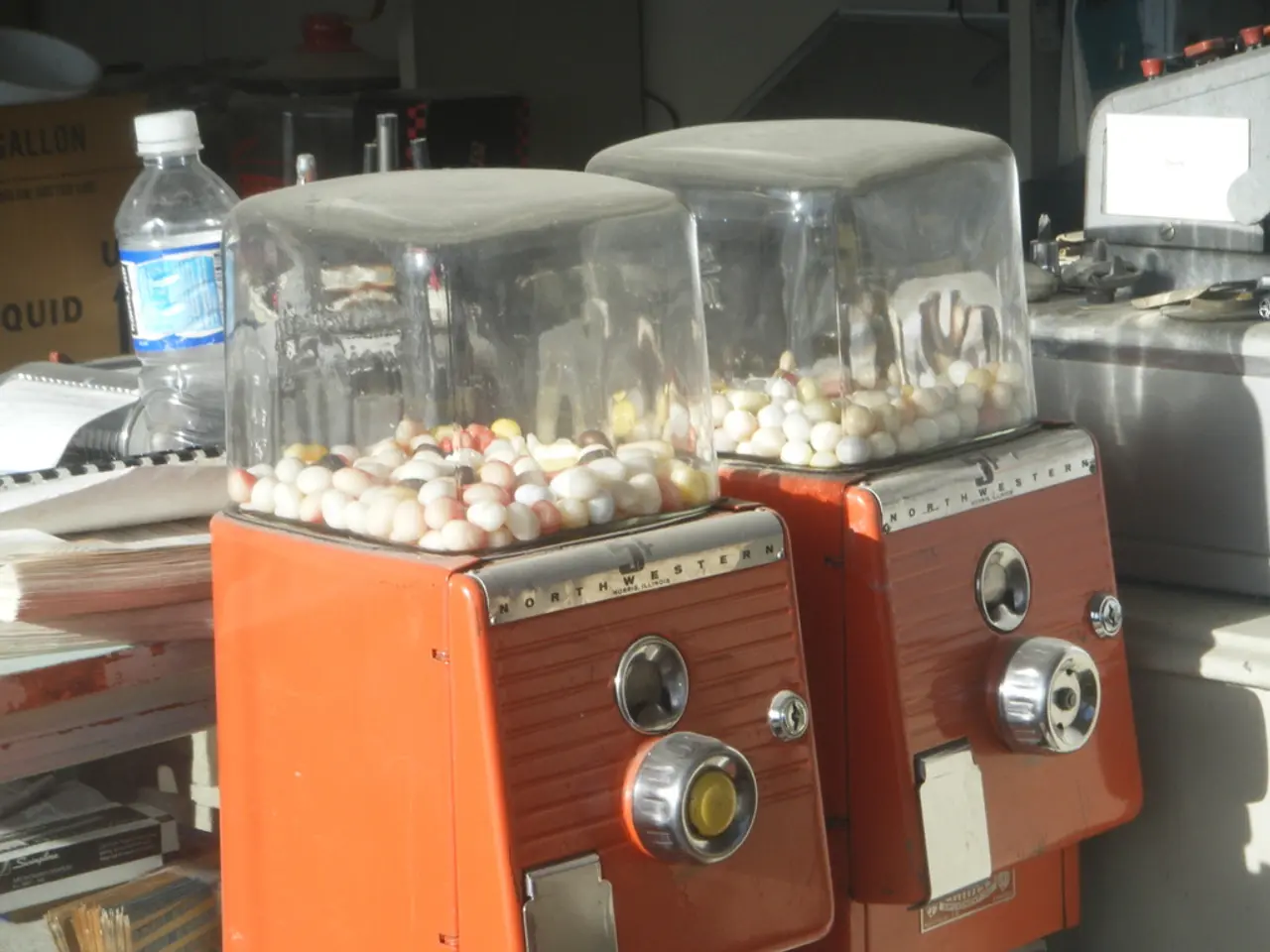Volcanic Research Expedition
A Fun and Educational Volcano Experiment for Kids
In a captivating science demonstration, kids were treated to a mini volcano eruption right at home. The experiment, which involved a simple chemical reaction between baking soda and vinegar, resulted in an exciting display of foamy bubbles.
The eruption was triggered when vinegar was poured into a beaker containing baking soda. This acid-base reaction produced carbon dioxide gas, causing the bubbling foam that resembled a volcanic eruption.
To perform this classic baking soda and vinegar volcano experiment, follow these steps:
- Build a volcano structure: You can create a volcano shape around a small container using homemade playdough, sand, or clay, leaving the top open to hold the reaction.
- Add baking soda: Place 1-2 tablespoons (or about 5 teaspoons if using a water bottle) of baking soda inside the container at the center of your volcano model.
- Prepare vinegar: Optionally, color the vinegar with food coloring to make the eruption more visually exciting and add a couple of squirts of dish soap to increase foaming.
- Eruption reaction: Pour vinegar into the container with the baking soda. This will trigger a chemical reaction releasing carbon dioxide gas, which creates bubbling foam that erupts and flows down the sides of the volcano.
The bigger the amount of vinegar poured, the bigger the eruption. This simple experiment serves as an effective way to explain to kids how a volcano erupts due to pressure buildup.
The kids enjoyed experimenting with baking soda and vinegar and looked forward to more such experiments. They were even able to repeat the experiment several times by adding more baking soda.
It's important to note that this activity is generally safe for children when done with adult supervision. The ingredients are non-toxic, but avoid ingestion or contact with eyes.
This hands-on experiment is great for introducing kids to chemical reactions, gas formation, and volcanos in a fun and visual way. For more science experiments, check out "Classic Science Experiments for Kids" and "Super Cool Science Experiments for Kids", which offer a wealth of exciting activities for young scientists.
This volcano experiment, a fun fusion of science and play, is not only educational but also connects to the realm of health-and-wellness and fitness-and-exercise, as understanding chemical reactions involves a foundation in learning. Furthermore, such hands-on activities foster learning and self-development, not only about science but also about perseverance, as demonstrated by the kids repeatedly trying the experiment. For those seeking additional learning experiences, resources such as "Education-and-Self-Development: Classic Science Experiments for Kids" and "Education-and-Self-Development: Super Cool Science Experiments for Kids" provide a wealth of engaging activities.




